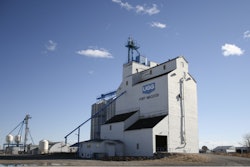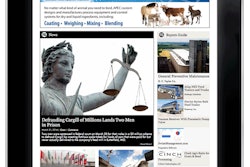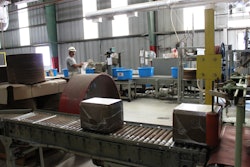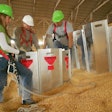Excellent customer service requires more than a thank you and a smile. It’s about meeting — and often times, exceeding — expectations before, during and after a transaction. Unfortunately, the rise of technology and innovation has fostered a drive-thru mentality in many of our daily interactions; as a result, we as a society have grown impatient, feeling entitled to instant gratification. For example, equating waiting with poor service. Unconcerned with the reasons behind the inconvenience, this type of customer perceives it as a personal affront and may take their business elsewhere in the future.
While bottlenecks, computer crashes and downed equipment can happen, not all customers are forgiving; according to the American Express Global Customer Barometer, a survey conducted to explore attitudes and preferences toward customer service, 81% of Americans have decided never to do business with a company again because of poor customer service.
The survey also suggests 91% of American’s believe customer service is a factor in deciding who to do business with, only 24% believe companies actually value their business and “go the extra mile to keep it.”
What does your firm do to secure show your customers you value their patronage?
Even when a company has succeeded in the past, it is not guaranteed customer loyalty. In this issue’s Manager’s Notebook, Dr. John Foltz and Dr. Jay Akridge note that once companies reach the top, they can become complacent — having tasted success, they are no longer hungry to succeed — and arrogant. Both of these factors can contribute to a slide in the level of service and customer satisfaction, and harm your reputation and repeat business.
The maintenance of a relationship is just as important as the first impression. Aurora Cooperative’s Mark Jorgensen notes that farmers in any given area have four or five places to business with so his company aims “to give him the right reasons to choose us.” The co-op, our cover story, has made investments to enhance its customer’s experience by focusing on meeting their demands today and anticipating what their demands might be in the future.
Diana Klemme’s column, “Bigger Crops Pose Big Challenges” supports this notion: “Agribusiness leaders see the growth ahead in U.S. crops and are expanding to accommodate the future. This will be a costly transition for the elevator sector, but staying small carries its own costs. Smaller elevators will always play an integral role in agriculture, but they’ll need to keep their facility efficient and well-financed to stay in the game.”
With harvest upon us, remember not to lose sight of what’s important: your customer. Also, try viewing this season as an opportunity to make observations to improve service moving forward.





















